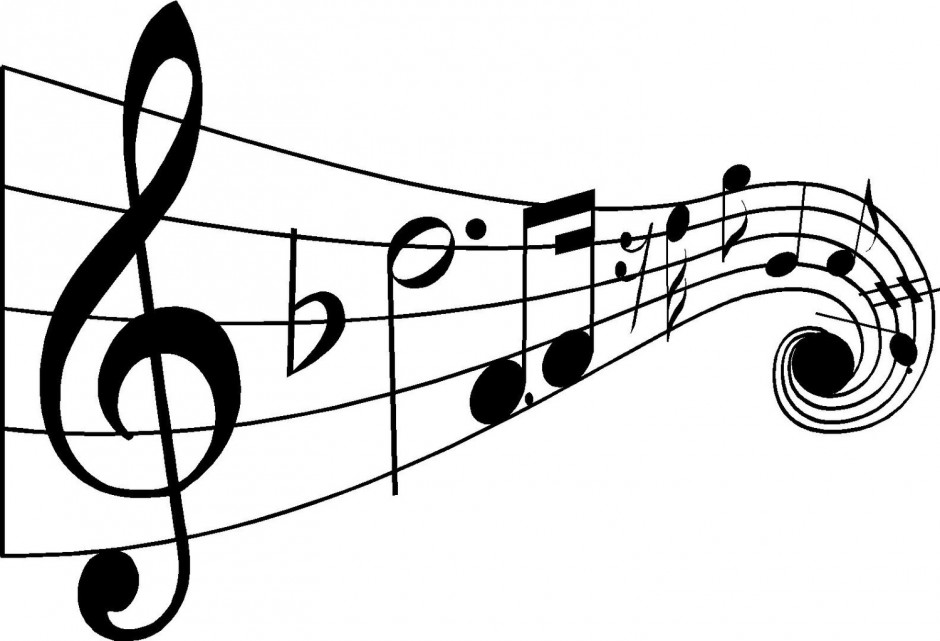Journey Montessori April 28
/
We continued working on high and low sounds this week. The students performed rhythm patterns in either a silly high voice or a silly low voice. Listen for high and low sounds around your house or when you are out and about and create your own silly high and low sounds this week! This is great vocal practice.
After playing around with high and low we listened to all of the pieces from "The Carnival of The Animals" that we had been listening to over the past couple of months. This students job was to identify the animal the music was about and any instruments they heard. They were very quick at identifying what animal the music was about. We had fun moving around like lions, hens and roosters, fish in the aquarium, fossil bones, kangaroos, turtles, birds, and elephants. Below are some of the pieces from "The Carnival of the Animals" that we did not get to in class. Enjoy listening to them and identifying the animal and what instruments are playing at home.
Donkeys
Cuckoo
Swan
Pianists
Finale
Tomorrow from 10:00 - 12:00 is the Charlotte Symphony Lollipops concert where they will be performing the Carnival of The Animals! This is a great opportunity to see the symphony with your young children. I hope you can attend! If you miss out on this performance look back for next years Lollipops season that starts in the Fall.
Check out the Music Together Post below. There is a great video of the Julie Andrews and Gene Kelly playing a rhythm game. It's a fun game to try at home. Also listen to the Boston Pops patriotic sing along. How many of the patriotic songs that they play do you know and sing with your children at home?
After playing around with high and low we listened to all of the pieces from "The Carnival of The Animals" that we had been listening to over the past couple of months. This students job was to identify the animal the music was about and any instruments they heard. They were very quick at identifying what animal the music was about. We had fun moving around like lions, hens and roosters, fish in the aquarium, fossil bones, kangaroos, turtles, birds, and elephants. Below are some of the pieces from "The Carnival of the Animals" that we did not get to in class. Enjoy listening to them and identifying the animal and what instruments are playing at home.
Donkeys
Cuckoo
Swan
Pianists
Finale
Tomorrow from 10:00 - 12:00 is the Charlotte Symphony Lollipops concert where they will be performing the Carnival of The Animals! This is a great opportunity to see the symphony with your young children. I hope you can attend! If you miss out on this performance look back for next years Lollipops season that starts in the Fall.
Check out the Music Together Post below. There is a great video of the Julie Andrews and Gene Kelly playing a rhythm game. It's a fun game to try at home. Also listen to the Boston Pops patriotic sing along. How many of the patriotic songs that they play do you know and sing with your children at home?







